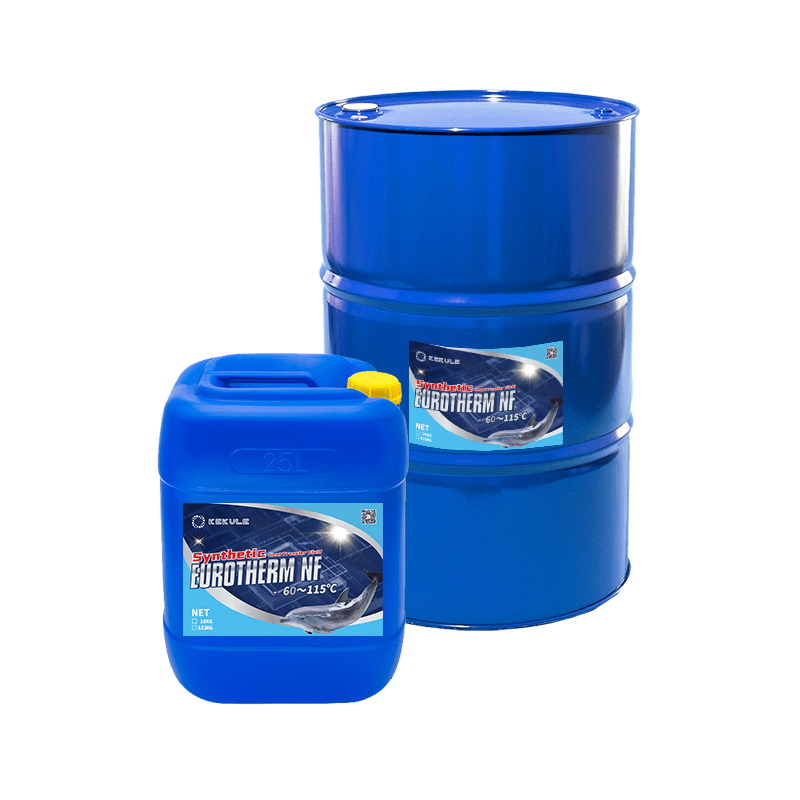How Chemie can Save You Time, Stress, and Money.
Wiki Article
Everything about Chemie
Table of ContentsWhat Does Chemie Do?All About ChemieSome Known Factual Statements About Chemie The Basic Principles Of Chemie The 10-Second Trick For ChemieThe Facts About Chemie Revealed
By Bojanna Shantheyanda, Sreya Dutta, Kevin Coscia and David SchiemerDynalene, Inc. Fluid air conditioning, which can be attained making use of indirect or direct ways, is made use of in electronics applications having thermal power densities that may go beyond secure dissipation with air cooling. Indirect fluid cooling is where heat dissipating digital elements are literally divided from the liquid coolant, whereas in instance of straight cooling, the elements remain in straight contact with the coolant.However, in indirect air conditioning applications the electric conductivity can be essential if there are leakages and/or spillage of the liquids onto the electronics. In the indirect air conditioning applications where water based liquids with deterioration inhibitors are typically made use of, the electric conductivity of the liquid coolant mainly depends on the ion focus in the fluid stream.
The boost in the ion focus in a shut loophole liquid stream might take place because of ion seeping from steels and nonmetal components that the coolant fluid touches with. Throughout operation, the electrical conductivity of the fluid may increase to a degree which could be dangerous for the air conditioning system.
The 5-Second Trick For Chemie
(https://nwgsuqneu11.typeform.com/to/EnpuRWEa)They are bead like polymers that are capable of exchanging ions with ions in a solution that it touches with. In today work, ion leaching tests were executed with numerous steels and polymers in both ultrapure deionized (DI) water, i.e. water which is treated to the highest degree of pureness, and reduced electrical conductive ethylene glycol/water mix, with the measured modification in conductivity reported over time.
The examples were allowed to equilibrate at area temperature level for 2 days before taping the initial electric conductivity. In all examinations reported in this research liquid electrical conductivity was determined to an accuracy of 1% making use of an Oakton disadvantage 510/CON 6 series meter which was adjusted prior to each measurement.
More About Chemie
from the wall home heating coils to the center of the heater. The PTFE sample containers were placed in the heater when constant state temperature levels were reached. The examination configuration was eliminated from the heater every 168 hours (7 days), cooled to area temperature with the electric conductivity of the fluid determined.The electrical conductivity of the liquid example was kept track of for an overall of 5000 hours (208 days). Figure 2. Schematic of the indirect shut loop cooling experiment set-up - meg glycol. Table 1. Parts used in the indirect shut loophole cooling down experiment that are in call with the fluid coolant. A schematic of the experimental setup is shown in Number 2.

Some Known Incorrect Statements About Chemie
The modification in liquid electrical conductivity was kept track of for 136 hours. The liquid from the system was collected and kept.
0.1 g of Dowex material was contributed to 100g of fluid samples that was absorbed a separate container. The mixture was stirred and alter in the electric conductivity at area temperature level was measured every hour. The gauged change in the electric conductivity of the UP-H2O and EG-LC examination liquids containing polymer or steel when involved for 5,000 hours at 80C is shown Figure 3.
The Only Guide for Chemie
Number 3. Ion seeping experiment: Measured adjustment in electric conductivity of water and EG-LC coolants containing either polymer or steel examples when immersed for 5,000 hours at 80C. The outcomes suggest that metals added fewer ions right into the liquids than plastics in both UP-H2O and EG-LC based coolants. This can be because of a slim metal oxide layer which might serve as a barrier to ion leaching and cationic diffusion.Fluids containing polypropylene and HDPE showed the most affordable electric conductivity adjustments. This could be as a result of the brief, rigid, direct chains which are less most likely to add ions than longer branched chains with weak intermolecular pressures. Silicone likewise carried out well in both test fluids, as polysiloxanes are typically chemically inert because of the high bond power of the silicon-oxygen bond which would stop degradation of the material right into the liquid.
5 Easy Facts About Chemie Shown
It would certainly be anticipated that PVC would certainly generate comparable results to those of PTFE and HDPE based upon the comparable chemical structures of the products, however there may be various other impurities existing in the PVC, such as plasticizers, that may influence the electrical conductivity of the fluid - meg glycol. Additionally, chloride groups in PVC can also seep right into the examination liquid and can create a boost in electric conductivityPolyurethane completely broke down into the examination fluid by the end of 5000 hour examination. Prior to and after images of metal and polymer examples submersed for 5,000 hours at 80C in the ion seeping experiment.
Measured change in the electrical conductivity of UP-H2O coolant as a feature of time with and without resin cartridge in the closed indirect air conditioning loophole experiment. The measured change in electric conductivity of the UP-H2O for 136 hours with and without ion exchange resin in the loop is shown in Number 5.
Report this wiki page